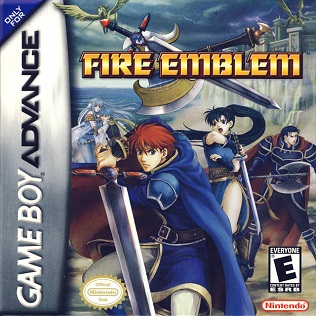However, the genre did not become prolific until Nintendo released and published the game that set the template for tactical wargame RPGs, Fire Emblem: Ankoku Ryū to Hikari no Tsurugi, created and developed by Intelligent Systems for the NES. Released in Japan in 1990, Fire Emblem was an archetype for the whole genre, establishing gameplay elements that are still used in tactical RPGs today, though some of these elements were influenced by earlier RPGs and strategy games. Combining the basic console RPG concepts from games like Dragon Quest and simple turn-based strategy elements, Nintendo created a hit, which spawned many sequels and imitators. It introduced unique features such as how the characters were not interchangeable pawns but each of them were unique, in terms of both class and stats, and how a character who runs out of hit points would usually remain dead forever. The latter mechanic was used to introduce a non-linear storyline to the genre, where different multiple endings are possible depending on which characters are alive or dead, a concept still used in recent games such as Shin Megami Tensei: Devil Survivor, and Final Promise Story. The highly tactical turn-based combat of Fire Emblem is also similar in many ways to the combat in the later third and fourth editions of Dungeons & Dragons released in the 2000s, right down to the support for permanent character death, though Fire Emblem is more realistic, as magic users and magical weapons are rare while most opponents are human characters rather than monsters. However, it was not until the release of Fire Emblem: Rekka no Ken for the Game Boy Advance, many years later, that the series was introduced to Western gamers, who until then were more familiar with other tactical RPGs influenced by Fire Emblem, including the Shining and Ogre series, Final Fantasy Tactics, and Nippon Ichi games like Disgaea.
